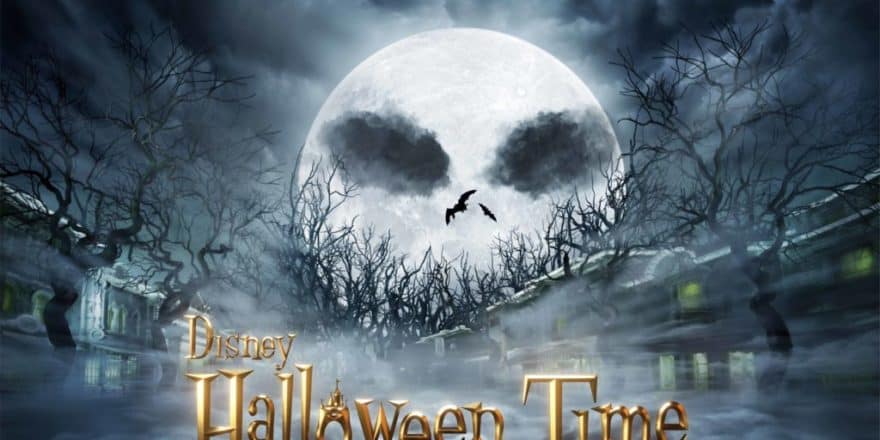Disney Owns the Scares: A Checklist If Writing a Disney Creepypasta
Disney has produced some of the scariest western animation, rides, and general concepts. Not sure about live action films since that’s not my forte, but when Disney wants to go dark, it goes dark. We have stories that feature unholy fairies that engage in castle-destroying antics, domestic abuse, children being lured astray, and heroes nearly drowning.
With that in mind, let’s discuss Disney creepypasta; per Wikipedia, ” Creepypastas are horror-related legends or images that have been copied and pasted around the Internet.” We are discussing just the stories for now; “Abandoned by Disney” and its sequels are the most well-known online.

Mind, I would be thrilled if someone could write a plausibly creepy story about Disney lore, incorporating the real-life history with some fiction. But maybe it’s beyond us now. Maybe we should only chronicle some of the actual creepy elements that Disney integrated into its branding.
If you’re going to write a creepypasta and make it about either the Disney films or theme parks, here are some things you might want to do before drafting:
1. Do your research – This goes for both animation and for the theme parks. “Abandoned by Disney” fails to reach plausibility because it refers to Disney cast members as “mascots” and claims that Disney built a resort called Mowgli’s Palace in North Carolina. The weather in North Carolina wouldn’t be conducive for such a theme park, in contrast to Florida and Southern California, and it’s unlikely Disney had the money at the time since Euro Disney had opened to the public.
As for animation, there are a lot of steps to the process of making an animated cartoon. The creators would need to pitch the idea of a cartoon, in storyboard form, record voice actors as well as music, draw pencil sketches, create finished cels for photography and assemble the whole spiel. Walt Disney in fact refused to direct another cartoon short after his attempt at adapting King Midas went south. A lost episode won’t work unless you think through the plausibility of how it passed the pitching stage.
2. Disney is dark without needing onscreen violence- Disney did not have to show blood, or violence, to terrify us. Bambi when it came out in theaters scared children so much with just a gunshot to implicate that Bambi’s mother had died. Pinocchio shows what could happen to puppet boys if strangers led them astray, which is the ultimate Adult Fear. After a person sees Pleasure Island, or how Judge Claude Frollo would burn all of Paris to execute one Romani woman, it’s really hard to for a story claiming Disney is secretly dark to measure up to the originals.
3. Mickey is not your default scare- If you’re going for the subverted kids’ show trope, please don’t use Mickey. Just don’t. So many people have already, and showing Mickey as potentially evil isn’t revolutionary or groundbreaking. Dig for obscure characters from the Silly Symphonies, that people may not know so well, such as the Chocolate soldiers, or the doomed Merbabies. The same goes for Maleficent.
4. Real life Disney history is stranger than most of the fiction – This goes without saying. Dozens of books and documentaries, from DisneyWar to The Sandbox, can show some of the more mundane adult fears. You’re not just competing with the nightmares from Disney animation and rides; you are competing with history, and with creators who can remember it.
5. Use the lore you already have – As mentioned, Disney has a lot of dark material and subtext, especially in the pre-Disney Renaissance work. A person could spend hours studying the details in the hand-drawn animation. In theory, a writer could put together select background elements from the Disney shorts or films and create a conspiracy theory. It has to have no holes, however, so that Disney fans won’t call nonsense.
6. If your story is a “lost episode” or “hidden lore,” explain why it’s been found – Your protagonist needs to have a good reason to post something that may be forbidden or creepy. The “creep” factor isn’t good enough; you have to have a good reason for wanting to tell a story online and not around a campfire with marshmallows. This goes for “lost episodes” and “hidden lore” in general.
Of course, I’d suggest using Disney as a springboard, and writing something new. Scare the bejeebers out of people. You can make something new. Build on what predecessors have made, and see what unique ideas and concepts you can add to the mix.
Happy Halloween, everyone.



One key thing to remember is that”Abandoned by Disney” isn’t from the perspective of a park employee, and as such it’s not necessary for the narrator to use corporate language. 🙂